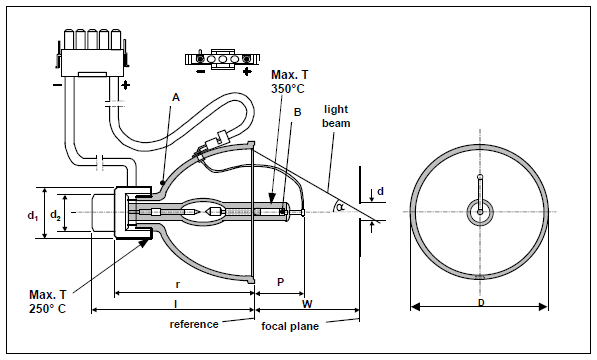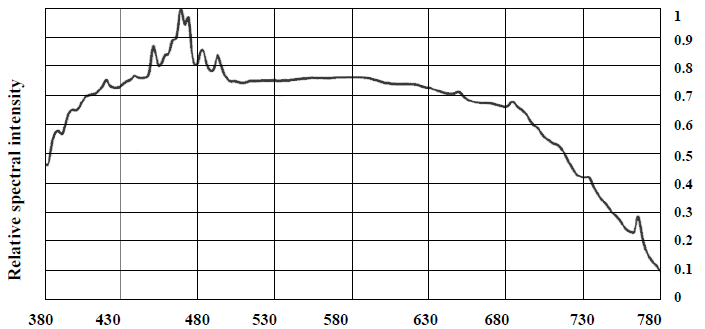Hello
I am working on a collimator system for a commercial lamp. The lamp has following specs (from optical design point of view):
Wavelength range: 380nm to 780 nm
Working Distance (W) / Focal plane of the elliptical reflector: 60 mm
d= 3 mm or 5 mm (Spot made by the lamp at 60mm)
Beam-to-axis angle (α): 30 deg.
Reflector diameter (D): 82.5mm


- I am not getting the collimated output for this system. Since spot made by the lamp could be of diameter 3mm or 5 mm what could be the possible solution when defining field data for this optical design? I have taken an object of 3mm for the starting design. Kindly comment.
- Object to first lens distance is taken as 60mm. Is it right approach or this distance could be changed. Source is very high power so to keep optics from damaging =, collimating optics is placed exactly working distance away. Pls comment.
- What could be the optimization criteria for such collimating systems? I have taken angular radius as the criteria to optimize.
- Are there any more points to consider for this design (apart from above points)?
- Below are some of the images from the design:




